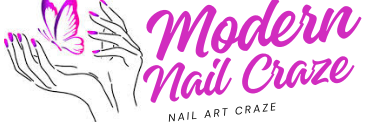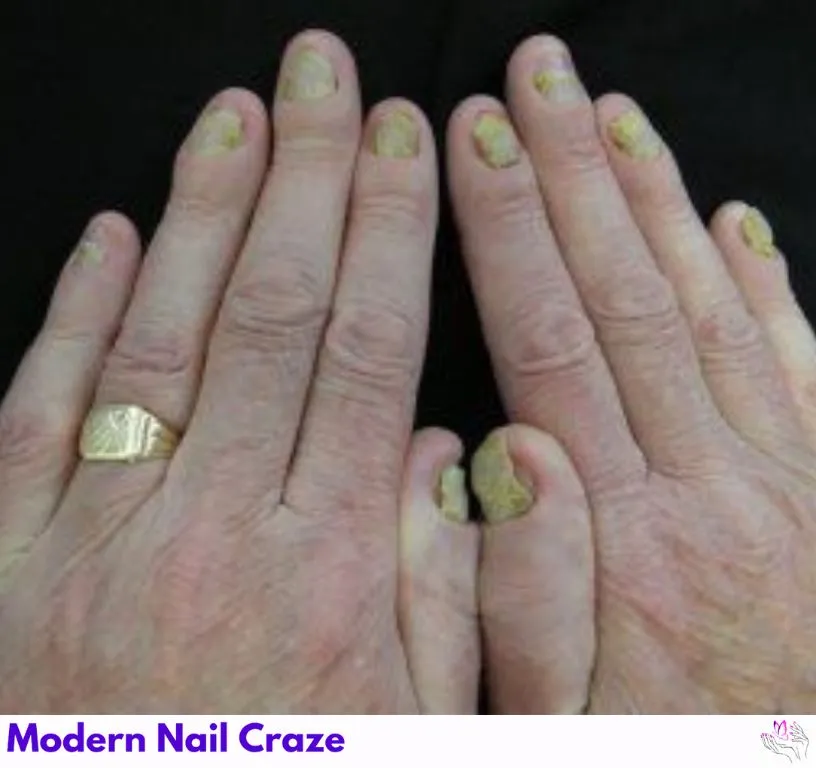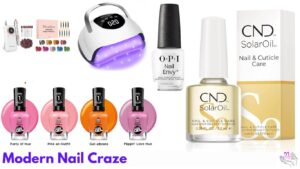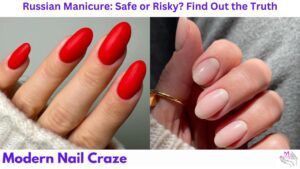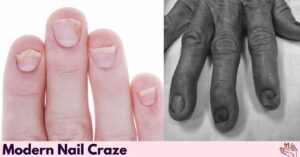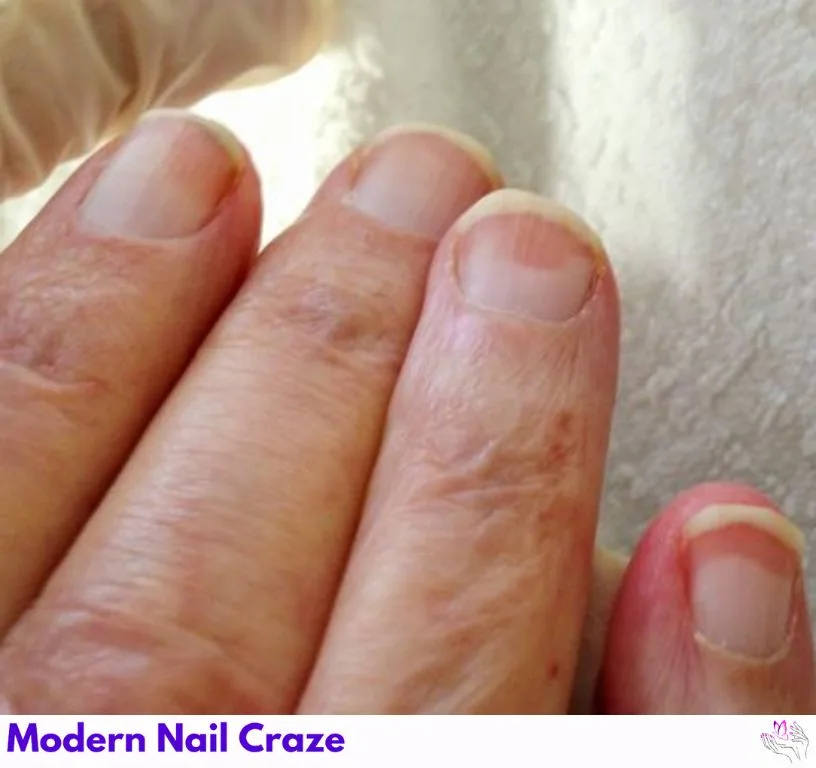
Your nails are more than just a part of your beauty routine — they’re small health indicators that can reveal big problems. Fingernail problems often reflect what’s happening inside your body. Whether it’s nail discoloration causes, nail shape changes, or strange textures, these signs shouldn’t be ignored. In many cases, they can be early symptoms of fingernail disorders or even signs of systemic disease.
Some changes might seem harmless, but could point to serious conditions like infections or autoimmune issues. Understanding what your nails are telling you can help you take action early. This guide explains common nail issues and when it’s time to visit a doctor.
👉 Need help identifying other nail symptoms? Check out Modern Nail Craze’s guide to curved nails for even more insight.
Signs of finger nail problems You Shouldn’t Ignore
Your nails can give you clues about your body’s overall state. Nail abnormalities like strange textures, shapes, or colors can often be the first signs of deeper problems. If you spot any sudden or strange nail disease symptoms, don’t ignore them. They might point to signs of systemic disease or other serious issues.
Even something as small as small depressions in nails could mean a lot. They may be linked to autoimmune-related nail issues or injury-related nail issues. Doctors often use nail changes as nail health indicators to diagnose bigger conditions. Catching these early can make a big difference in treatment.
1. Nail Pitting and Surface Irregularities
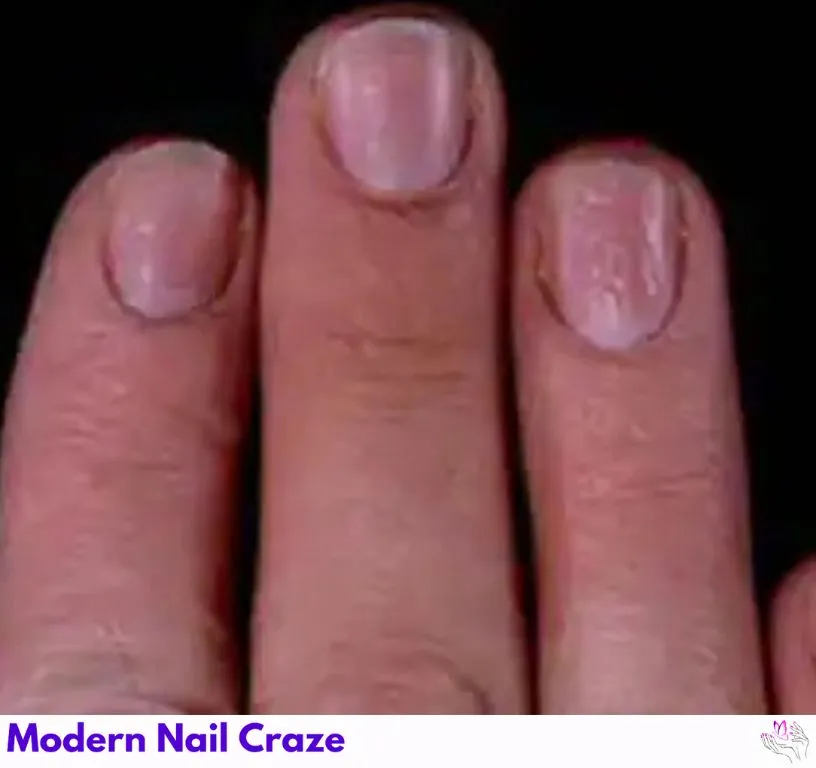
Nail pitting appears as small dents or depressions in the nail surface. It’s often linked to psoriasis, eczema, or alopecia areata. The nails might look like they’ve been poked with a tiny icepick. Pitting can also accompany curved or brittle nails and should be discussed with a dermatologist.
2. Clubbed and Spoon-Shaped Nails: What They Indicate
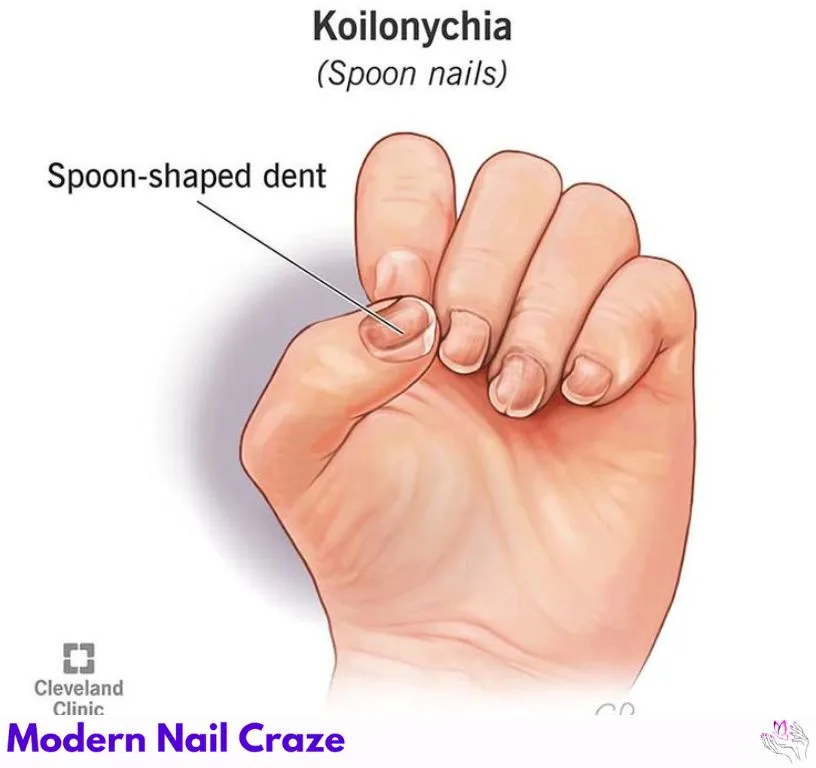
Nail clubbing means the nail curves around the tip of your finger. This may take years to form, but should not be taken lightly. It could be linked to Lung disease symptoms in nails, Liver cirrhosis, or Congestive heart failure.
Spoon nails (koilonychia) curve upward at the edges and may hold water. They are often a sign of Iron deficiency anemia or Hemochromatosis, both of which are serious conditions. These nail shapes are some of the clearest nail health indicators.
Related Post:
Curved Nails? A Hidden Danger No One Talks About
3. Beau’s Lines and Nail Grooves
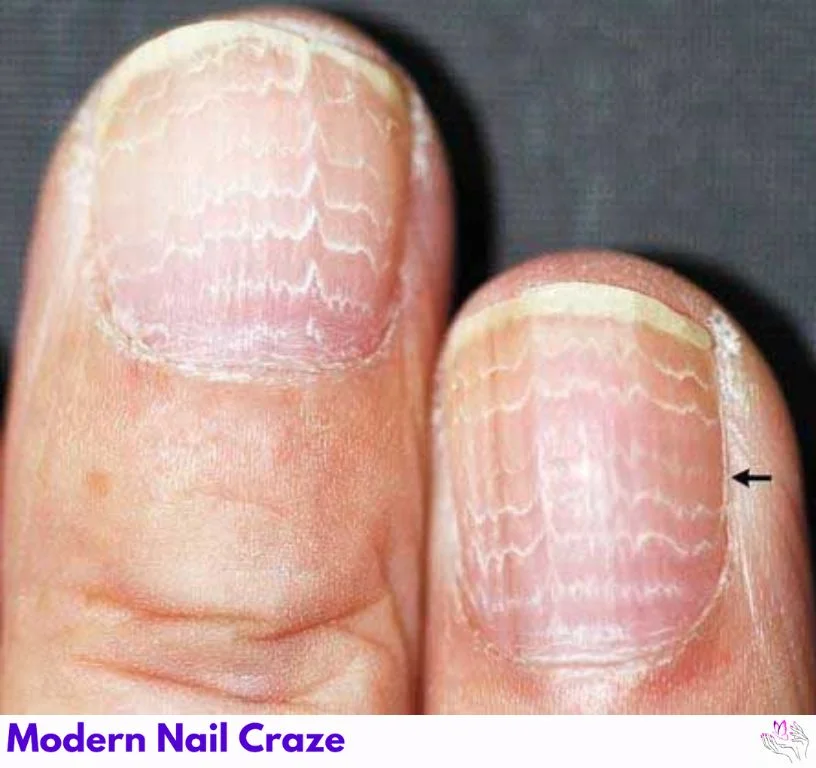
Beau’s lines are deep lines or dents that go across the nail. They are often caused by nail growth stopping due to a serious illness, like Pneumonia, or after taking Retinoids and chemotherapy. Sometimes, these lines appear after major stress or trauma.
If you have nail grooves that show up suddenly, this could also be linked to Diabetes, Peripheral artery disease, or Thyroid disease. These are important nail abnormalities to recognize.
4. Yellow Nails and Nail Separation Issues
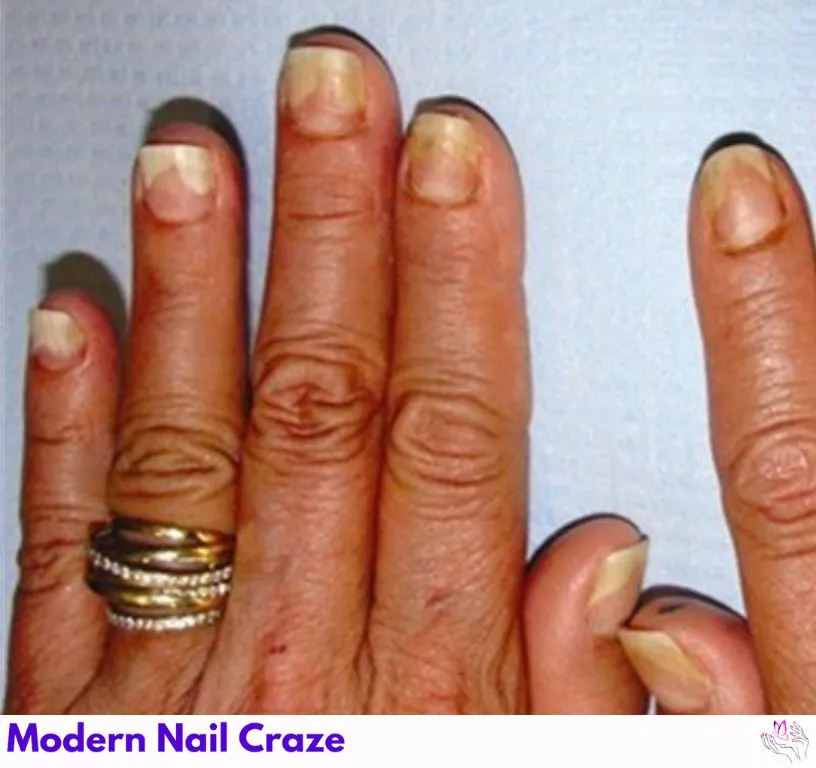
Yellow nails can look dull and thick. This might be Yellow nail syndrome, which may come with Lymphedema or Chronic bronchitis. It can cause slow nail growth and sometimes an absent cuticle.
Nail separation (onycholysis) is when the nail lifts off the nail bed. This could happen because of Thyroid disease and nails, a reaction to products, or Psoriasis nail symptoms. If the nail becomes discolored or soft, that’s a red flag.
You May Like:
Why Do My Nails Curve Down? The Shocking Truth Revealed!
Discoloration and Color Changes in Nails
Your nails should be pink and healthy-looking. If they turn green, black, yellow, or even blue, you might need help. Nail discoloration causes can range from minor infections to deadly cancers. These nail color changes should never be ignored.
A normal nail has a clear color with a light pink bed. If that changes, it could signal a problem deeper in your body. Color is one of the most common nail health indicators.
1. When Dark Lines or Streaks Could Mean Melanoma
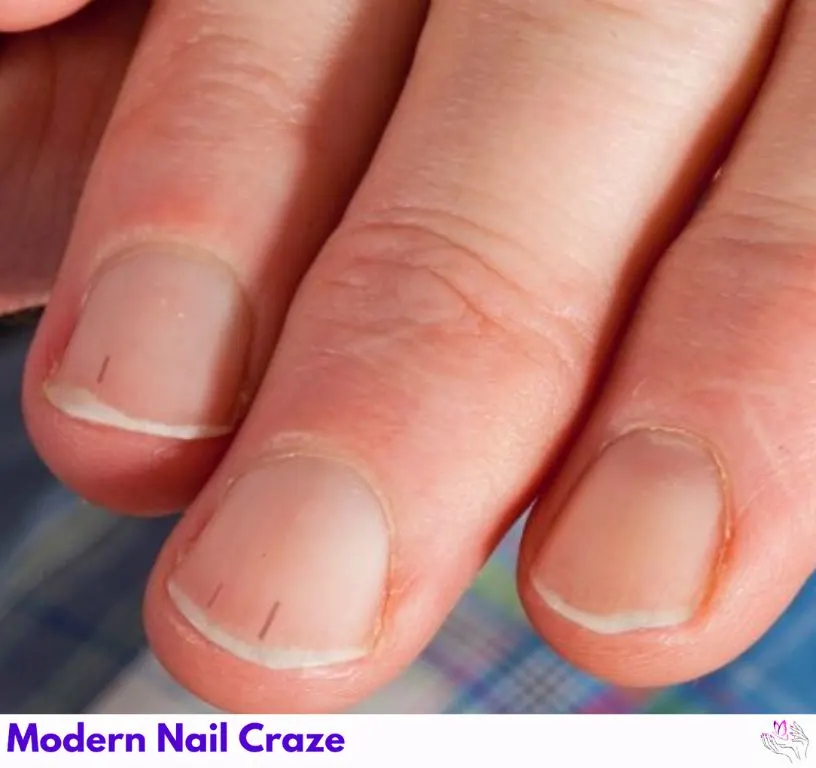
Dark streaks under the nail could be subungual melanoma, a rare skin cancer. It often shows up as a black or brown line under one nail. This kind of cancer is serious and needs fast medical attention.
If you see lines like these, especially if they widen or darken, don’t wait. This condition often goes unnoticed until it’s advanced.
2. Greenish Nails: Possible Infections
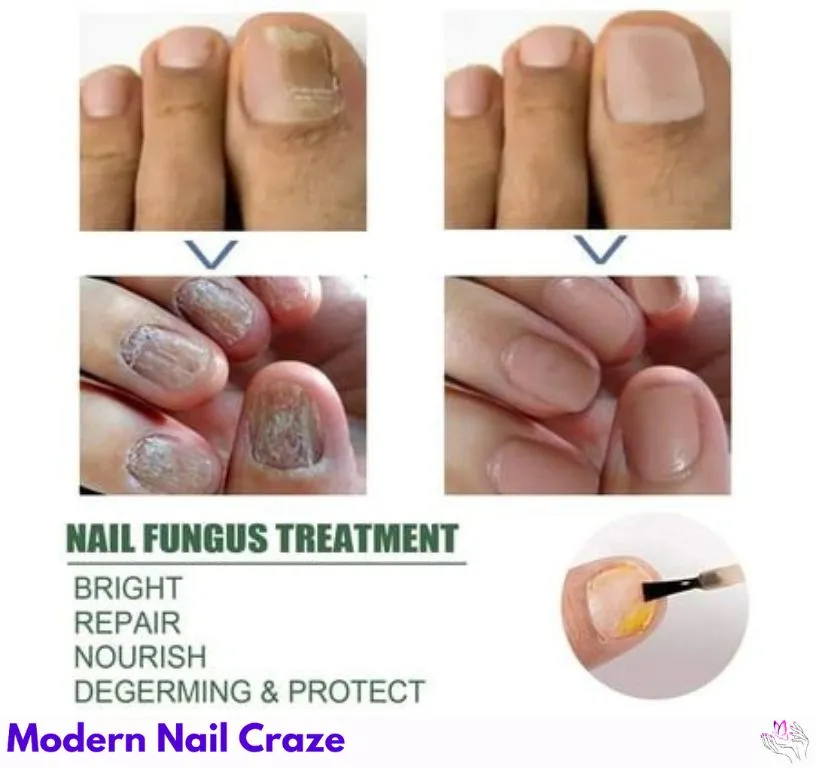
Green nails usually mean bacterial infection, especially with the Pseudomonas bacteria. These often appear in people with wet hands or damaged nails. In the USA, people who work in water or gardening often see this.
This infection may come with a bad smell, pain, or swelling. It needs antibiotics or antifungal treatment. Never pick at the nail; that can make it worse.
3. General Color Changes: Red Flags and Normal Variations
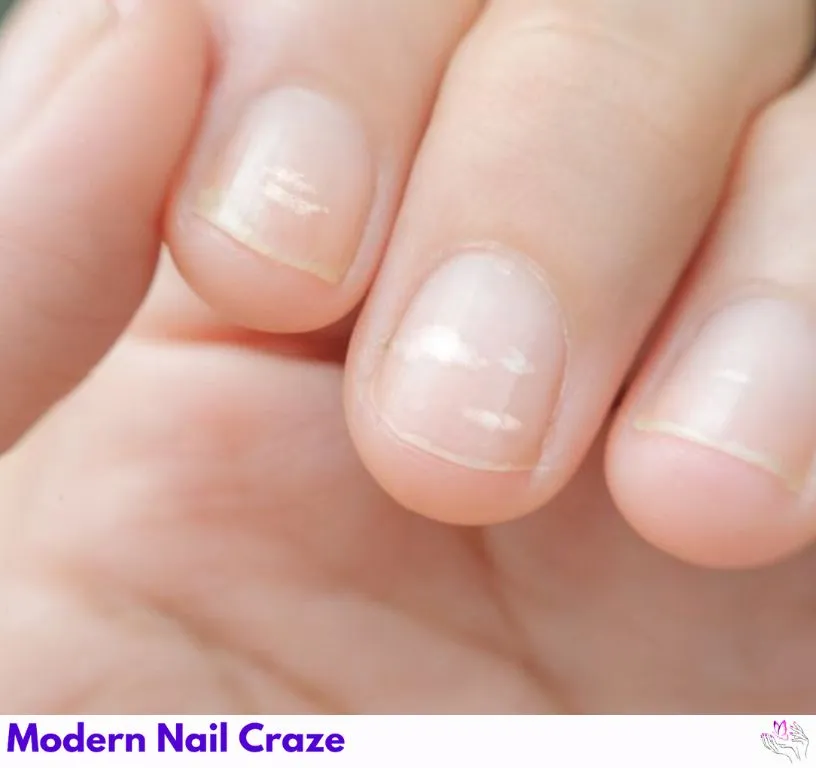
Some nail color changes are harmless, like white spots from minor trauma. But blue nails may mean a lack of oxygen. Yellow nails, as mentioned, could be from Chronic bronchitis or Lymphedema.
Brown or purple nails might mean injury or bruising. If the color change spreads or doesn’t go away, always check with a doctor.
Nail Shape Deformities That Need Medical Attention
Misshapen nails can point to a long-term problem. Conditions like Ram’s horn nails, where the nail becomes thick and curved, need medical help. These can happen from long neglect, fungal issues, or diseases.
Other shapes, like washboard nails or curled edges, may signal nerve damage or poor circulation. These types of nail shape changes often reflect hidden conditions.
Nail Lifting and Redness Around the Nail
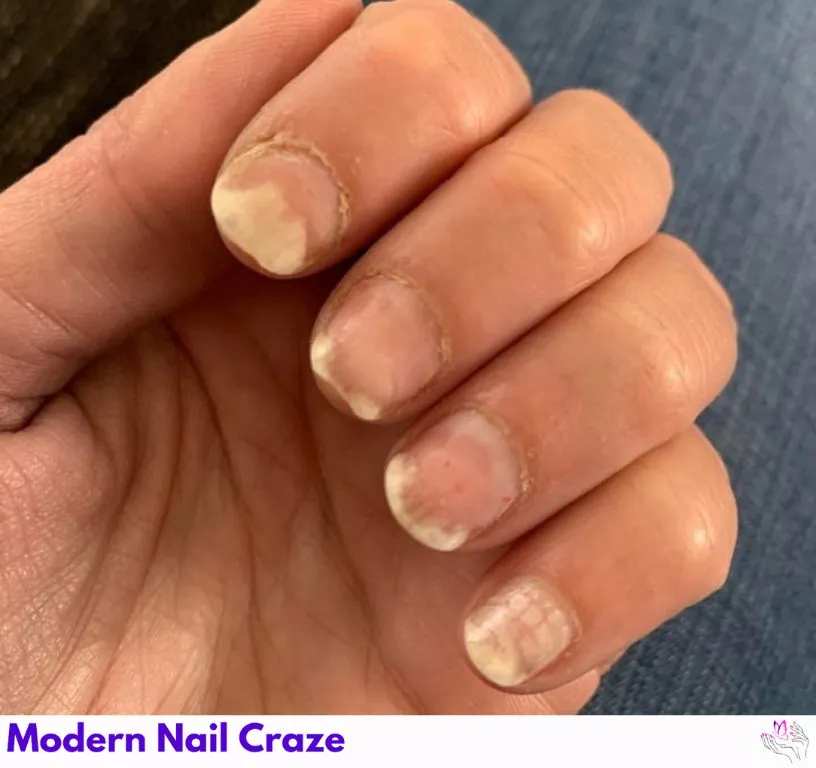
If your nail starts pulling away from your skin, it’s known as a nail lifting condition. This might be caused by Thyroid disease, injury, or using strong products like adhesives.
Redness, swelling, and pus may mean a nail infection, called paronychia. It can come from biting, picking, or salon tools. In the USA, this is one of the most common nail complaints among people who get frequent manicures.
What Causes Nail Problems?
Many fingernail disorders come from inside the body. Here is a table showing common causes:
| Cause | Example Conditions |
| Nutrient Deficiency | Iron deficiency anemia, lack of zinc, and low protein |
| Chronic Illness | Diabetes, Liver cirrhosis, Thyroid disease |
| Infections | Bacterial, fungal, and Psoriasis |
| Autoimmune | Alopecia areata, Eczema |
| Medications | Retinoids and chemotherapy |
| Physical Trauma | Nail biting, injury, and chemical exposure |
Knowing the nail detachment reasons and other causes can help you prevent them. Eating well and staying healthy is the first step to healthy nails.
How to Care for Your Nails and Prevent Problems
Keep your nails clean and dry. Trim them straight across and file the edges gently. Avoid biting or picking. Use lotion regularly to keep the skin and cuticles soft.
Choose gentle nail products. Avoid strong chemicals and adhesives. If you work with water, wear gloves. These small steps can stop many nail abnormalities from starting.
When to See a Dermatologist or Podiatrist
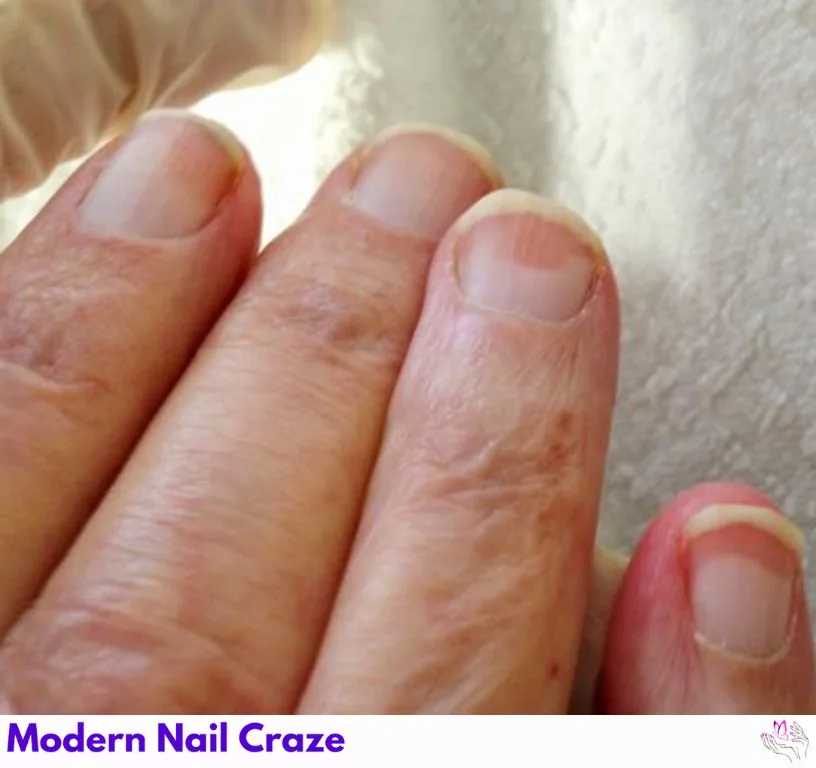
You should see a doctor if nail changes don’t go away after a few weeks. Sudden color changes, pain, or nail detachment are all warning signs. If you’re in the USA, look for board-certified dermatologists at aad.org or trusted clinics like the Mayo Clinic.
Fingernail problems may seem small, but they can mean a lot. If you’re unsure, it’s better to be safe and get expert advice. Don’t ignore your nails. They might be trying to tell you something important.
FAQs
What are the 5 most common nail disorders?
The five most common nail disorders include Nail pitting, Nail clubbing, Beau’s lines, Spoon nails (koilonychia), and Nail separation (onycholysis). These conditions are often signs of underlying health issues such as Psoriasis, Iron deficiency anemia, or Thyroid disease.
What fingernails indicate health problems?
Fingernails that change in color, shape, or texture may indicate health problems. For example, curved nail shape, yellow nail syndrome, or deep nail grooves might be linked to lung disease, diabetes, or autoimmune conditions.
What deficiency causes nail problems?
Deficiencies in iron, zinc, protein, and biotin are common causes of nail issues. Iron deficiency anemia often results in spoon-shaped nails, while lack of zinc can lead to Beau’s lines and slow healing.
What causes curved fingernails?
Curved fingernails may be caused by Nail clubbing, which often results from low oxygen levels in the blood. It can be linked to conditions like lung disease, heart problems, or Liver cirrhosis. Long-term neglect and genetics can also contribute.
How to treat nail problems?
Treatment depends on the cause. Nutritional supplements, treating infections, or managing underlying conditions like Diabetes or Psoriasis can improve nail health. Basic nail care—moisturizing, trimming, and avoiding harsh chemicals—helps prevent further damage.
What vitamin deficiency causes lines in nails?
Vitamin B12 and zinc deficiencies are often linked to horizontal nail grooves like Beau’s lines. Lack of biotin and other B vitamins can also lead to brittle nails and slow growth.
Trending Post:
Russian Manicure: Safe or Risky? Find Out the Truth
Most Trending Posts: Don’t Miss
13 Best Nail Glue for Press-On Nails You Must Try
Expert Secrets Safest Removing Press-On Nails & Avoid Nail Damage
The Shocking Truth of Hard Gel, Soft Gel, Gel Polish, Builder Gel
Curved Nails? A Hidden Danger No One Talks About
